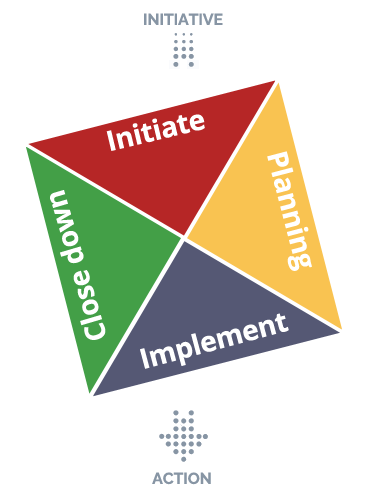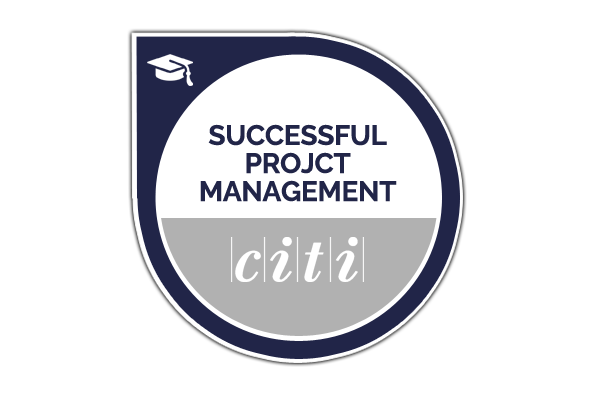
Initiate
The first phase in the project life cycle lays the foundation for the rest of the project.
Initiation begins with a set of activities, iterative in nature, that establishes the viability of the project. The end point of initiation is either approval (including funding) to enter the next phase (plan) or termination of the project, which may involve going directly to a formal closedown phase.
Planning
A good project plan identifies what has to be produced, how, by whom, when, and what it will cost. It ‘frames’ the project by forming the basis for management and control. The essence is: ‘Plan the flight, and fly the plan!’
‘Those who fail to plan, plan to fail!’
Implement
The implement phase concerns hands-on implementation of the project plan. Do-it ensures that the project objective is met within agreed time, cost and quality specifications.
This is the phase where the team use the product development life cycles to build or procure the persistent products.
Close down
Close down is the last stage in the project management lifecycle. At this phase, the project manager confirms with the client that the persistent product set was installed correctly, and ensures all the necessary housekeeping activities are performed.
Close down also provides historical information for later projects. Closure should follow a formal and orderly procedure, and should occur even if the project is terminated rather than completed.
Course Content
Initiating the project



